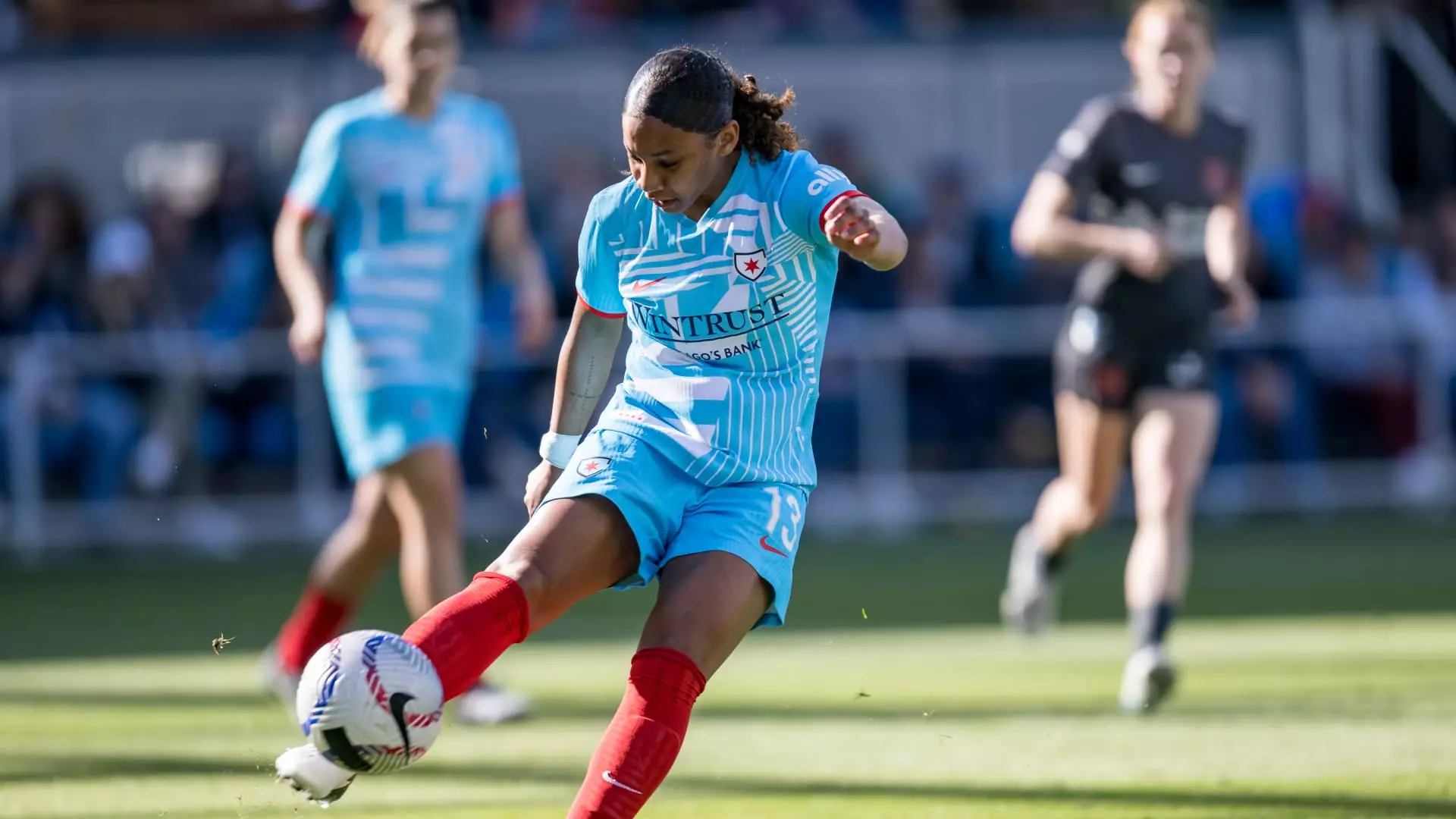The modern approach to sports and business continues to blur traditional boundaries, with companies discovering that top-tier athletes possess qualities that are highly desirable in the corporate world. Gallagher’s innovative internship program exemplifies this trend. By offering professional athletes a chance to gain business acumen, the company acknowledges the untapped potential that athletes bring to the corporate ecosystem. Athletes often seem one-dimensional in public perception, but in reality, they are seasoned professionals in dedication, teamwork, and resilience. Gallagher’s strategic move not only recognizes the value of these qualities but also subtly shifts the narrative, showcasing athletes as capable, adaptable, and ready for life after their sporting careers.
What’s particularly compelling is the mutual benefit—company executives gain access to a highly disciplined and motivated talent pool, while athletes develop skills that secure their financial futures beyond their physical prime. This involves a conscious effort to correct misconceptions about athletes—that they are merely entertainers or competitors without skills that translate beyond the playing field. It’s a reminder that leadership, perseverance, and strategic thinking are universal virtues, regardless of the arena.
The Strategic Shift Toward Post-Athletic Career Planning
For many athletes, the retirement phase is fraught with uncertainty and financial vulnerability. Entry into mainstream careers is often hampered by a narrow skill set or lack of preparation. Gallagher’s program, along with similar initiatives from firms like Nationwide and AIG, marks a strategic shift—companies are no longer passive spectators but active participants in shaping athletes’ futures. This proactive stance emphasizes a not-so-hidden message: the athletic journey is temporary, and future success depends heavily on preparing athletes for opportunities outside their sport.
This focus on transition planning is a necessary evolution in the sports industry’s relationship with corporate America. For some administrators and sponsors, it also signals an acknowledgment of their role in fostering responsible athlete development. Instead of capitalizing solely on the glamour of sports, these companies are investing in the human capital of athletes, recognizing that their mental toughness and quick adaptability make them excellent candidates for the business world.
The Commercial and Cultural Implications of Sports-Industry Ties
The intertwining of sports and insurance giants like Gallagher and Nationwide underpins a broader commercial agenda—branding, loyalty, and credibility. When prominent athletes are associated with insurance companies, it humanizes the brands, making them relatable and trustworthy. It also exploits the positive association of athletic virtues—dedication, resilience, teamwork—to reinforce a corporate message.
However, this strategy is a double-edged sword. While it boosts brand visibility and appeals to prospective customers who identify with athletes, it risks commodifying athletes’ careers prematurely. It’s critical to question whether these programs truly empower athletes or simply serve corporate marketing goals under the guise of career development. The risk exists that the athletes become pawns in a promotional game rather than genuine beneficiaries of strategic planning tailored to their success beyond sports.
Evaluating the Impact and Long-term Potential
Gallagher’s decision to hire some athletes post-retirement signals a belated recognition of talent beneath the sports persona. It’s a pragmatic step that can serve as a blueprint for similar industries. Success stories in Europe, like rugby players thriving as salespeople, illustrate how transferable skills can be. But these stories remain anecdotal, and the real challenge lies in scaling such initiatives with sincerity and commitment to athlete welfare.
Moreover, the sports-business synergy risks being superficial if driven solely by marketing motives. Genuine impact demands continuous support, tailored development programs, and a recognition that athletes’ careers end unpredictably and often prematurely. The transition infrastructure must be sustained, with industries willing to invest beyond the superficial level.
The Balance of Power and Responsibility
From a center-right point of view, this movement can be seen as an opportunity to foster responsible corporate stewardship, encouraging companies to do more than just profit—they have a duty to contribute to society by investing in human capital. However, it also demands rigorous oversight to prevent exploitative tendencies. The value of these programs hinges on genuine commitment, not just image enhancement.
A thoughtful approach would ensure that athletes are offered real opportunities for growth and transition, rather than window dressing for branding campaigns. The true test will be whether companies can leverage athletes’ talents ethically, providing sustainable pathways that respect their ambitions and acknowledge their unique circumstances. Only then can these partnerships transcend marketing gimmicks and become meaningful catalysts of positive change in both the sports and corporate worlds.

